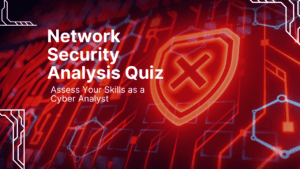In an era of digital engagement and the significant boost in online transactions, it is essential for organizations, be they financial or non-financial, that measures should be taken to secure their users data and privacy.
Cybersecurity as a Service (CSaaS) emerges as a valuable and pivotal solution from a small organization to a unicorn, as it offers a proactive and scalable safeguarding technology for businesses.
Organizations can use ‘CSaaS’ solutions to safeguard their digital assets from threat actors and be in compliance with several privacy laws, such as HIPAA and GDPR.
During my internship at the ‘Mosse cybersecurity institute, I’ve learned how businesses can use CSaaS services for a more economical approach without the need for a traditional in-house cybersecurity approach.
1. What is Cybersecurity as a Service (CSaaS)?
So, in simpler words, CSaaS is a comprehensive cybersecurity solution provided as a service by specialized cybersecurity firms that integrate CSaaS and provide centralized security management and operations to organizations.
This approach frees up the primary resources of an organization and enhances its productivity and operations without worrying about evolving cyber threats.
A good integrated CSaaS platform provides email, cloud, network, and endpoint security in a single interface to protect organizations from internal and external threats.
2. Benefits of CSaaS
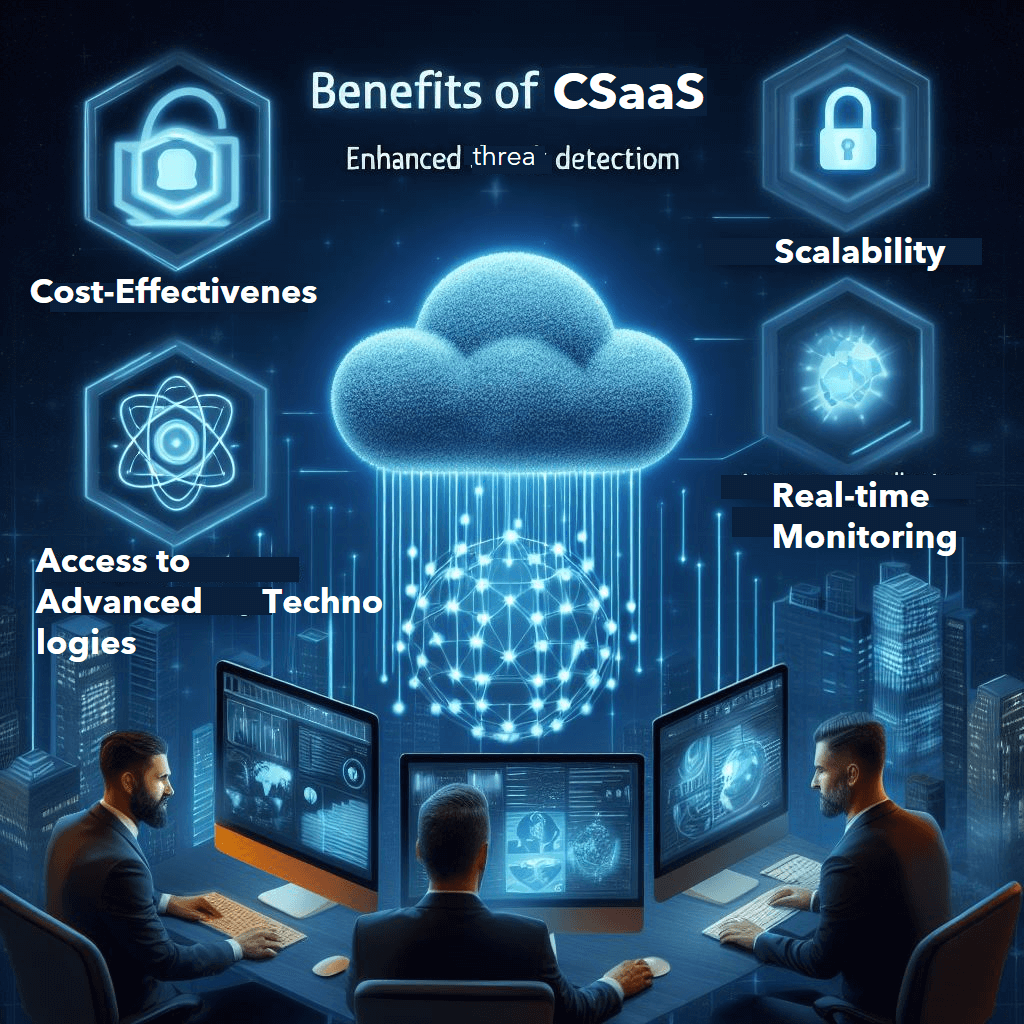
- Enhanced Threat Detection: Since CSaaS services are provided by specialized cybersecurity firms, they have resources to provide rapid identification and prevention of potential threats.
- Cost-effectiveness: CSaaS is a more economical alternative to maintaining an in-house security infrastructure because organizations don’t have to share their resources to thwart internal or external threats.
- Scalability: CSaaS platforms provide adaptable solutions according to an organization’s needs and security goals that grow with the organization’s needs.
- Access to Advanced Technologies: Utilizing cutting-edge tools and expertise is the core foundational mission of most CSaaS platforms, which is crucial to maintaining an edge over threat actors.
- Real-time Monitoring: Continuous surveillance for immediate response.
3. Key Features of CSaaS
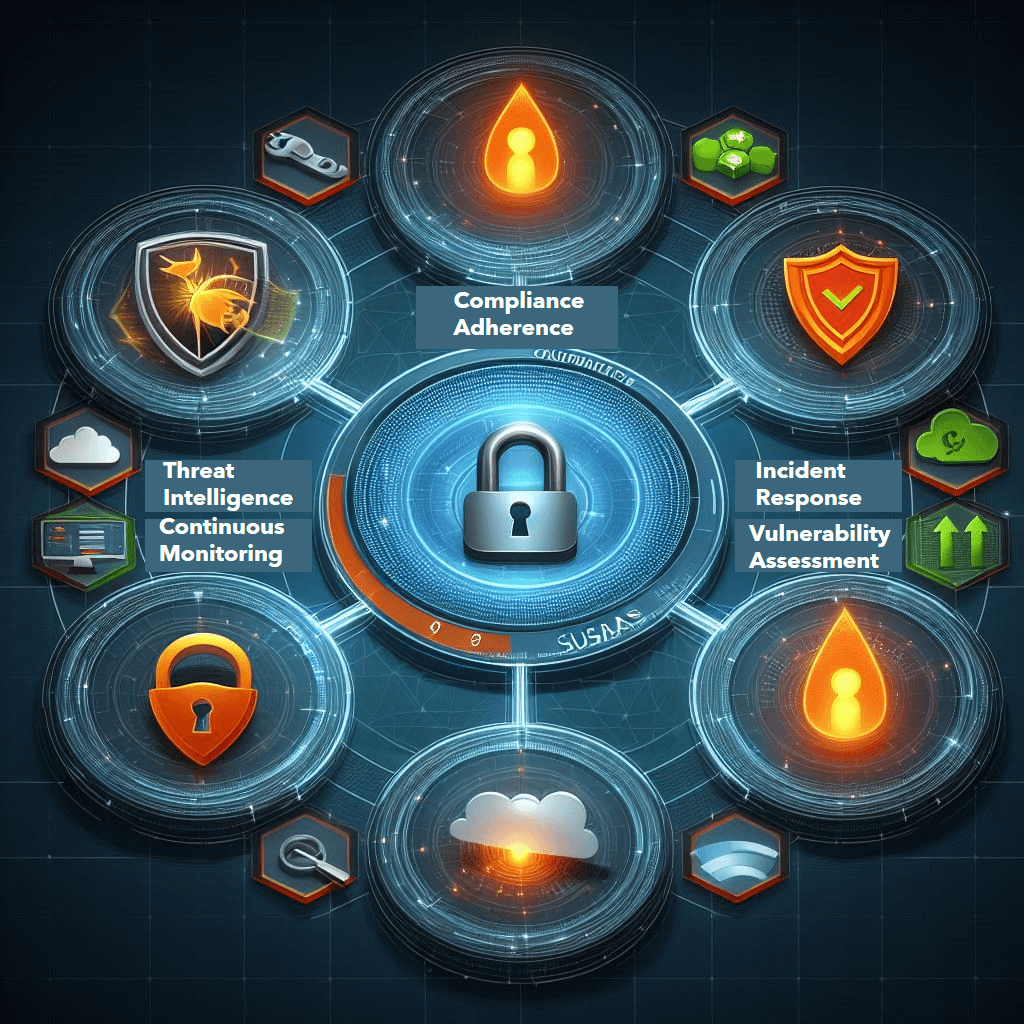
- Threat Intelligence: With hours of experience in dealing with threat perception and investigations, CSaaS platforms have in-depth analysis of potential risks.
- Continuous Monitoring: They also provide ongoing real-time surveillance for timely threat identification.
- Incident Response: In my internship, I’ve learned that swift and efficient responses to security incidents are an important aspect of a cybersecurity analyst’s job. CSaaS platforms place a high emphasis on fast and efficient responses.
- Vulnerability Assessment: Another critical part of a CSaas platform is regular checks for system weaknesses.
- Compliance Adherence: Ensuring alignment with industry regulations, such as GDPR and HIPPA regulations.
4. CSaaS Deployment Models
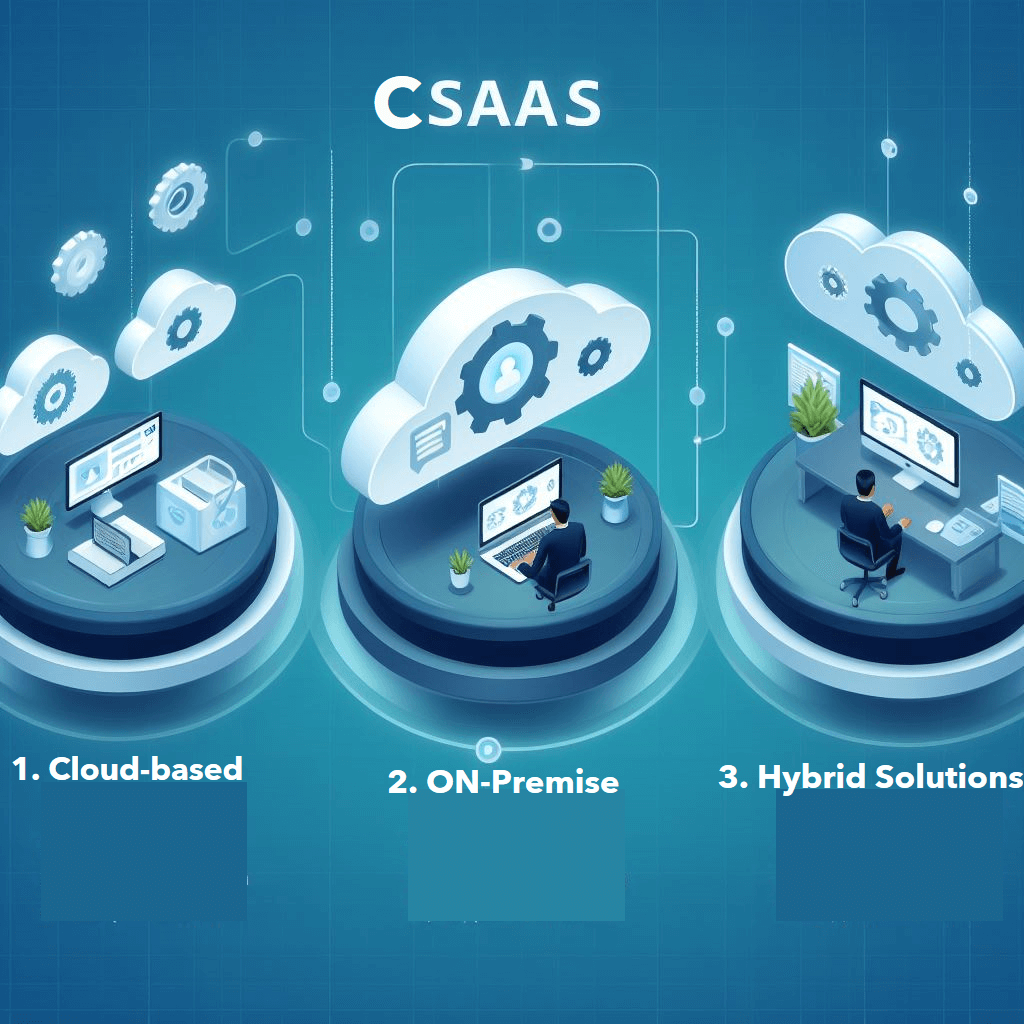
- Cloud-based: CSaaS platforms are pioneers in providing cloud-based infrastructure. Hence, organizations can leverage cloud infrastructure for flexibility.
- On-premise: Installing and managing security services internally.
- Hybrid Solutions: This is a combination of cloud and on-premise solutions and can be useful for large organizations.
5. Examples of CSaaS Providers
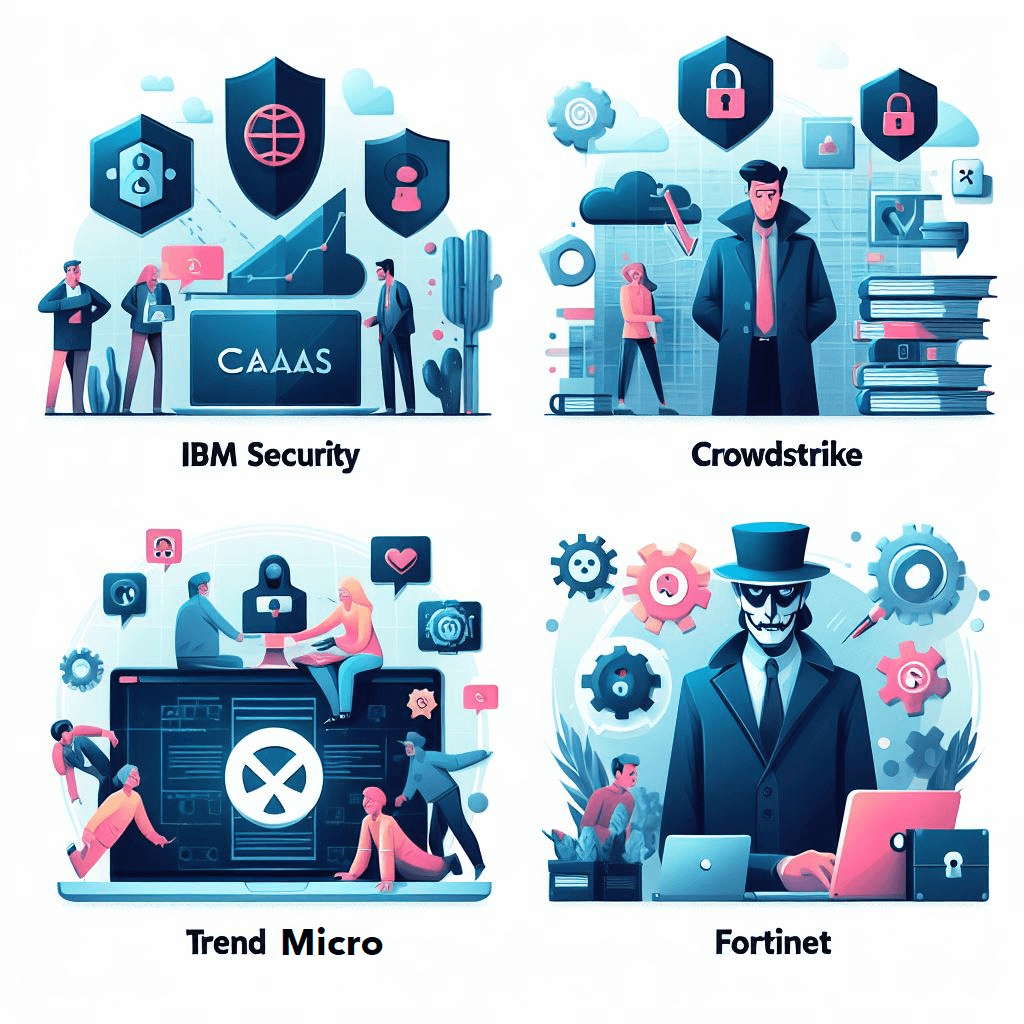
- IBM Security: Offering a suite of services with proven success stories.
- CrowdStrike: They specialize in endpoint protection with notable features, such as an advanced cloud platform, protecting endpoints, identities, and data assets.
- Trend Micro: Focused on cloud security and innovative solutions.
6. How CSaaS Works
I’ll publish another detailed article where I’ll explore in detail – the inner workings of CSaaS, including its integration with existing IT infrastructure and collaboration with in-house security teams. I will give an overall overview of CSaaS functions and operations during incident response and security operations.
7. CSaaS vs. Traditional Cybersecurity
Comparing the cost, performance, and adaptability of CSaaS against traditional cybersecurity models. I will also publish another comprehensive guide regarding CSaaS and traditional cybersecurity practices, where I’ll delve deep into various similarities, differences, characteristics, threat nullification, and overheads of each technology.
8. CSaaS for Businesses: A Case Study
Examining a real-world scenario where a business benefited significantly from adopting CSaaS, showcasing improvements in their cybersecurity posture.
9. Challenges and Considerations
Addressing potential challenges in implementing CSaaS and offering strategies to overcome them.
10. Future Trends in CSaaS
Exploring the role of artificial intelligence and emerging technologies in the future landscape of CSaaS.
